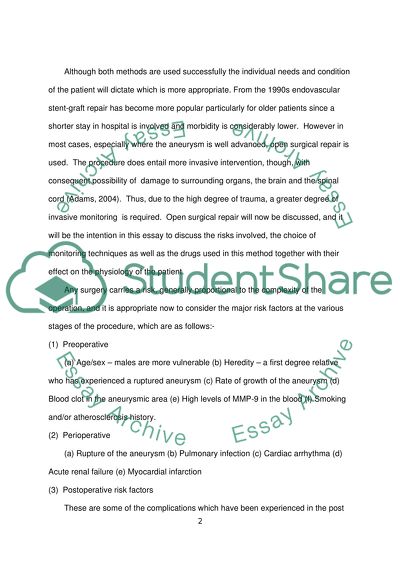Cite this document
(“PHARMACOLOGY.PHISIOLOGY AND MONITORING IN THE PERI-OPERATIVE Essay”, n.d.)
PHARMACOLOGY.PHISIOLOGY AND MONITORING IN THE PERI-OPERATIVE Essay. Retrieved from https://studentshare.org/miscellaneous/1575232-pharmacologyphisiology-and-monitoring-in-the-peri-operative-areatheatres
PHARMACOLOGY.PHISIOLOGY AND MONITORING IN THE PERI-OPERATIVE Essay. Retrieved from https://studentshare.org/miscellaneous/1575232-pharmacologyphisiology-and-monitoring-in-the-peri-operative-areatheatres
(PHARMACOLOGY.PHISIOLOGY AND MONITORING IN THE PERI-OPERATIVE Essay)
PHARMACOLOGY.PHISIOLOGY AND MONITORING IN THE PERI-OPERATIVE Essay. https://studentshare.org/miscellaneous/1575232-pharmacologyphisiology-and-monitoring-in-the-peri-operative-areatheatres.
PHARMACOLOGY.PHISIOLOGY AND MONITORING IN THE PERI-OPERATIVE Essay. https://studentshare.org/miscellaneous/1575232-pharmacologyphisiology-and-monitoring-in-the-peri-operative-areatheatres.
“PHARMACOLOGY.PHISIOLOGY AND MONITORING IN THE PERI-OPERATIVE Essay”, n.d. https://studentshare.org/miscellaneous/1575232-pharmacologyphisiology-and-monitoring-in-the-peri-operative-areatheatres.


